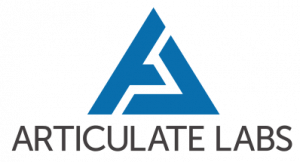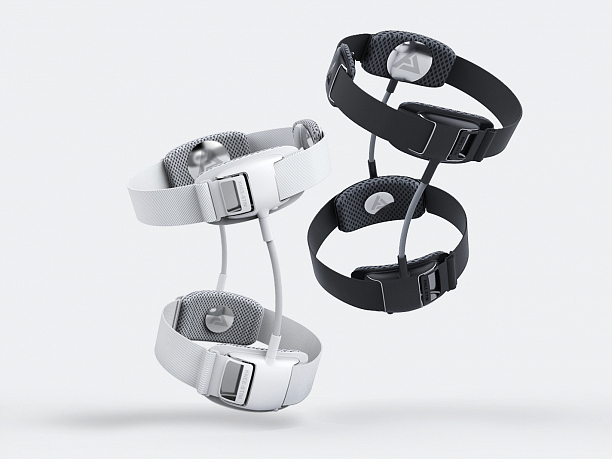Prospective partners and investors should thoroughly consider all of the risk factors discussed below and should fully understand that all or part of an investment in AL may be lost.
Development Stage Company – AL has a limited history upon which investors can evaluate current business and future prospects. Potential investors should be aware of problems, delays, expenses, and difficulties expected with a new enterprise, especially in view of the competition that new business will encounter. AL cannot assure profit existence, growth, or sustainability.
Lack of Market Acceptance – AL will not be successful if knee osteoarthritis sufferers do not buy our product, if physical therapists do not recommend this product, or if orthopaedic surgeons do not prescribe this product. Any of the above may happen if
• AL does not demonstrate to patients, physicians, or third-party payors that this device is equivalent or superior to existing therapy options, or that cost or risk associated with Articulate Labs’ device is less than that of competitors;
• Other companies introduce competitive products that are cheaper, safer, or more effective than ours; and
• Satisfactory reimbursement from healthcare payors, including Medicare, does not become available after AL has exhausted the self-pay market
Dependence on Regulatory Approval – AL may be delayed in getting or denied clearance to sell devices in the US through the 510(k) clearance process. Additionally, AL is subject to Medical Device Reporting laws that could result in enforcement action from the FDA. These actions range include, but are not limited to, warning letters, voluntary or mandatory device recall, partial suspension or total shutdown of production, and rescission of a substantial equivalence order.
“Kickbacks” and False/Fraudulent Claims – AL could be held in violation of federal and state anti-kickback and false claims laws should an AL representative improperly structures sales offerings, including discount practices, customer support, education and training programs, and physician consulting and service arrangements. Additionally, these laws are broadly written, which may make it difficult to determine how precisely these laws will be applied in specific circumstances.
Intellectual Property Risks – AL cannot assure investors that its current patent portfolio will prevent duplication of devices, prevent access to proprietary information or technology, or ensure competitive advantage. AL patents can be challenged, invalidated, circumvented, or rendered unenforceable. Foreign intellectual property law may not afford the same protections as US patent law, which may impact AL ability to enter foreign markets. Chances of infringement claims being asserted against AL will increase with continued success.
Dependence on Management – AL operations may be dependent upon current management. Should, for any reason, members of current management terminate association with Articulate Labs, there can be no assurance that qualified replacements can be found or afforded.
Cost Control – While AL believes it has accurately estimated costs and expenses associated with planned products and business, it cannot assure complete accuracy or certainty regarding future operating expenses and costs.
Technical Obsolescence – There can be no assurance that AL technology, trade secrets, patents, and intellectual property may not be rendered less effective or obsolete by technologies developed and exploited by other companies.
Insurance Costs – AL will purchase insurance coverage that is adequate for the planned device and its related risks. However, it cannot be assured that adequate insurance coverage will be available in the future, or that coverage can be obtained at an affordable cost.
Unanticipated Risk Factors – AL may encounter other risks in addition to those listed above.


